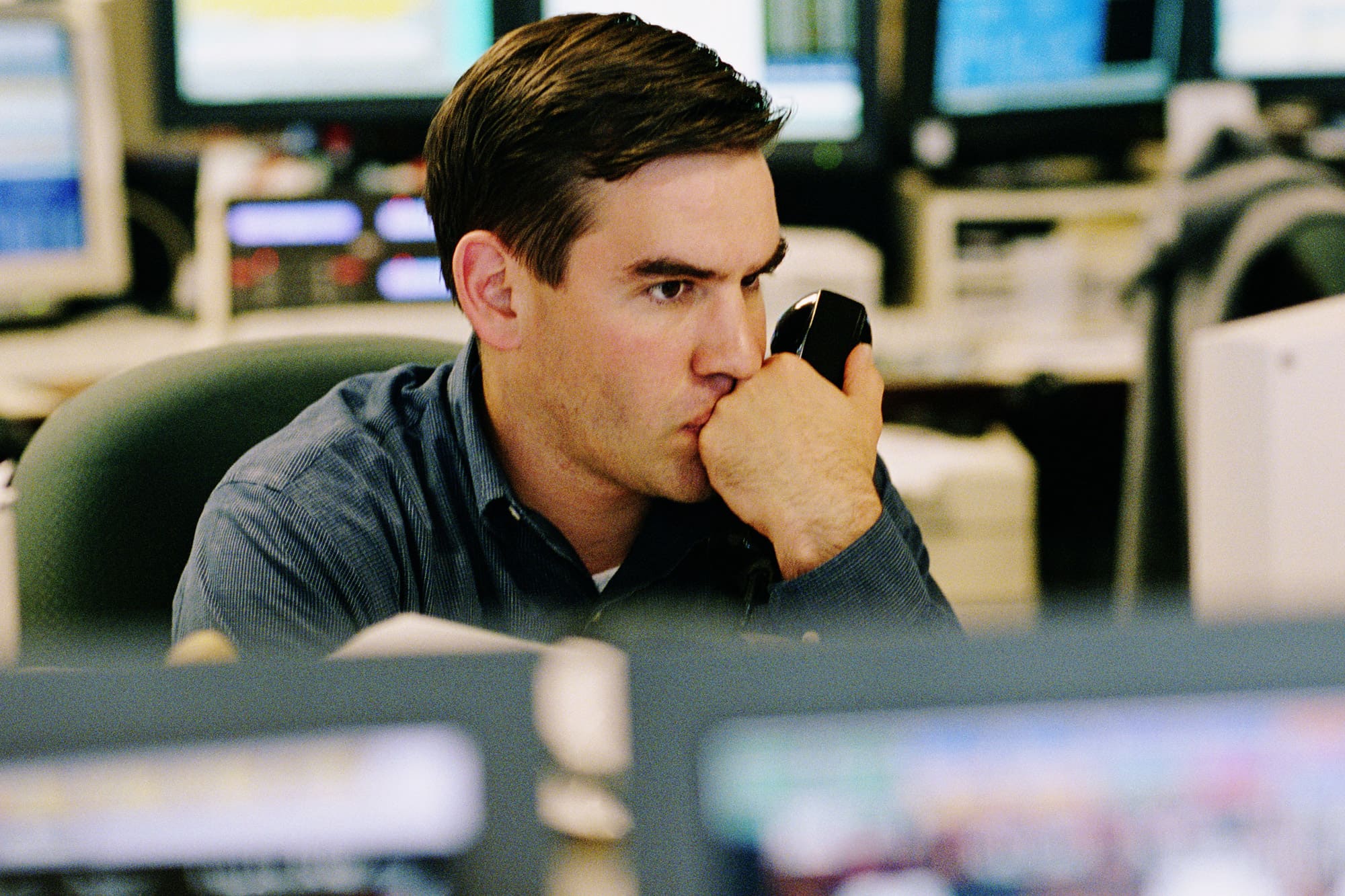
We witnessed the tale of two markets in 2020.
The market experienced a short, steep and frightening freefall. Yet it quickly turned, with stocks finishing the year near all-time highs.
This unique experience had a big impact on the psyche of investors and, consequently, how they managed their money. Some investors became too traumatized to put cash to work in the markets. Others reacted by aggressively day trading and made rash investment decisions.
Neither of these behaviors are beneficial for long-term financial success. Evaluating both reactions, and incorporating a proper process-oriented approach for managing your investments, is the best way to avoid similar missteps in 2021.
More from Personal Finance:
Here's a decade-by-decade retirement planning guide
State, local tax breaks could be revived, but not without a fight
Savings interest rates hit rock bottom as Americans stash more cash
As the market dropped, the economic situation looked bleak, with unemployment reaching numbers not seen since the Great Depression. I remember having conversations with investors as the market fell where I suggested putting some cash to work. Some of the responses I received broadly fell into the theme of "I don't want to catch a falling knife," "Let's wait for things to settle down" or "Let me think it over and get back to you."
All these reactions were essentially just a way for investors to procrastinate. I advised against that approach but they were, understandably, scarred by the freefall they had just experienced.
As time passed, that procrastination morphed into "investor inertia." These folks became too comfortable sitting in cash, and they had no strategy to get back into the market. As a result, they missed out on the market rebound and lost buying power due to inflation. Both consequences could have a long-lasting impact on the ability for some of these investors to reach their financial goals.
The Federal Reserve, Treasury and Congress acted quickly to ease monetary policy and approve the CARES Act, and loans for small businesses through the Paycheck Protection Program helped prop up the economy.
This spurred the market to begin recovering and helped investors to regain some confidence.
Over time, however, this confidence turned to overconfidence, with millions deciding to try their hand at day trading.
The most popular stocks also had some of the best performance. Consequently, many investors continued to pile into their favorite names, ignoring basic investing principals such as proper diversification.
Adding to the investment excitement were spikes in value of some crypto currencies, a record number of initial public offerings and the rise in popularity of Special Purpose Acquisition Companies (SPACs). These factors, coupled with the market's meteoric rise, fed into the euphoria that propelled some investors to throw caution to the wind. Many of these day traders were rewarded for their imprudence with eye-popping returns to close out the year.
It's during times of exuberance that it's especially important to remember that markets move in cycles. A winning period for a group of stocks may be followed by a period of underperformance. This can be clearly seen throughout market history. The S&P 500 is experiencing a decade of outsized returns. However, investors are quick to forget that the index was flat from 2000 to 2010.
The reverse is true of emerging market stocks. They had a lackluster average return of approximately 3% annually for the past 10 years, following the stellar 37% average annualized returns from the decade prior.
Sectors move in cycles, as well. Technology stocks are currently having a wonderful run. However, it took 15 years for the NASDAQ to regain its peak after falling 70% when the dotcom bubble burst. Years of underperformance are a characteristic of the market. They are not an anomaly. Investors must plan accordingly.
So, how do investors overcome these behaviors?
Build a process-oriented approach to investing
A remedy for overcoming investor psyche, and both of the above resulting behaviors, is the same. It requires putting together a process-oriented approach for your investing. This involves four key components.
First, establish an investment policy statement. An IPS allows investors to clearly define their financial goals and other guidelines for how they want their money managed. A properly established IPS serves as a guiding light during both bear and bull markets and prevents investors from losing sight of what they are trying to achieve with their wealth.
Embracing diversification is not as exciting as trading the hot stocks of the day. However, it minimizes the chance of a catastrophic loss, which may help keep investors on track to achieve their objectives. To use a baseball analogy, you don't need to hit home runs to win the game. It's far better to focus on consistently getting base hits and avoiding a strike out.
Periodic rebalancing is also key. Rebalancing is readjusting portfolio weightings as investments fluctuate in value. Setting up predetermined weighting thresholds for each investment or a regular schedule when rebalances should occur, instead of trying to determine an optimal time to buy or trim one's holdings, allows this process to happen automatically without emotions getting involved.
Get acquainted with dollar-cost averaging. This is the process of automatically adding money to your portfolio on a regular basis. This removes the temptation to time the market and alleviates the concern of investing at the wrong time. Regardless of what is happening in the market, money will continue to be added at regular intervals, allowing one's investments to continue to compound over the long-term.
"control" - Google News
January 21, 2021 at 08:33PM
https://ift.tt/3qGhrpY
Op-ed: Here's how to stay in control and avoid emotional investing decisions - CNBC
"control" - Google News
https://ift.tt/3bY2j0m
https://ift.tt/2KQD83I
Bagikan Berita Ini















0 Response to "Op-ed: Here's how to stay in control and avoid emotional investing decisions - CNBC"
Post a Comment